The Edible Insects Market is currently characterized by a dynamic competitive landscape, driven by increasing consumer interest in sustainable protein sources and the growing recognition of edible insects as a viable alternative to traditional livestock. Key players such as Exo (US), Aspire Food Group (CA), and Ynsect (FR) are strategically positioning themselves through innovation and regional expansion. Exo (US) focuses on developing high-protein snack bars made from cricket flour, appealing to health-conscious consumers. Meanwhile, Aspire Food Group (CA) emphasizes its commitment to sustainability by utilizing insect farming technologies that minimize environmental impact. Ynsect (FR) is advancing its operations through vertical integration, controlling the entire supply chain from breeding to processing, which enhances product quality and consistency.
The business tactics employed by these companies reflect a moderately fragmented market structure, where local manufacturing and supply chain optimization are pivotal. Companies are increasingly localizing production to reduce transportation costs and enhance freshness, which is particularly relevant in the edible insects sector. This localized approach not only supports sustainability but also fosters community engagement, thereby strengthening brand loyalty. The collective influence of these key players is shaping a competitive environment that encourages innovation and responsiveness to consumer demands.
In August 2025, Exo (US) announced a partnership with a major health food retailer to expand its distribution channels, significantly increasing its market reach. This strategic move is likely to enhance Exo's visibility among health-conscious consumers and solidify its position as a leader in the edible insect snack segment. The partnership underscores the importance of strategic alliances in driving growth and market penetration in a competitive landscape.
In September 2025, Aspire Food Group (CA) launched a new line of protein powders derived from crickets, targeting the fitness and wellness market. This product introduction not only diversifies Aspire's offerings but also aligns with the growing trend of protein supplementation among health enthusiasts. The launch is indicative of the company's strategy to leverage consumer trends towards high-protein diets, thereby enhancing its competitive edge.
In July 2025, Ynsect (FR) secured a significant investment to expand its production capacity, allowing for increased output of insect-based protein ingredients. This investment is crucial for Ynsect as it seeks to meet the rising global demand for sustainable protein sources. The expansion is expected to bolster the company's market position and facilitate its entry into new international markets, reflecting a proactive approach to scaling operations in response to consumer trends.
As of October 2025, the Edible Insects Market is witnessing trends that emphasize digitalization, sustainability, and the integration of artificial intelligence in production processes. Companies are increasingly forming strategic alliances to enhance their technological capabilities and streamline operations. The competitive differentiation is likely to evolve from traditional price-based competition to a focus on innovation, technology, and supply chain reliability. This shift suggests that companies that prioritize sustainable practices and technological advancements will be better positioned to thrive in the future.
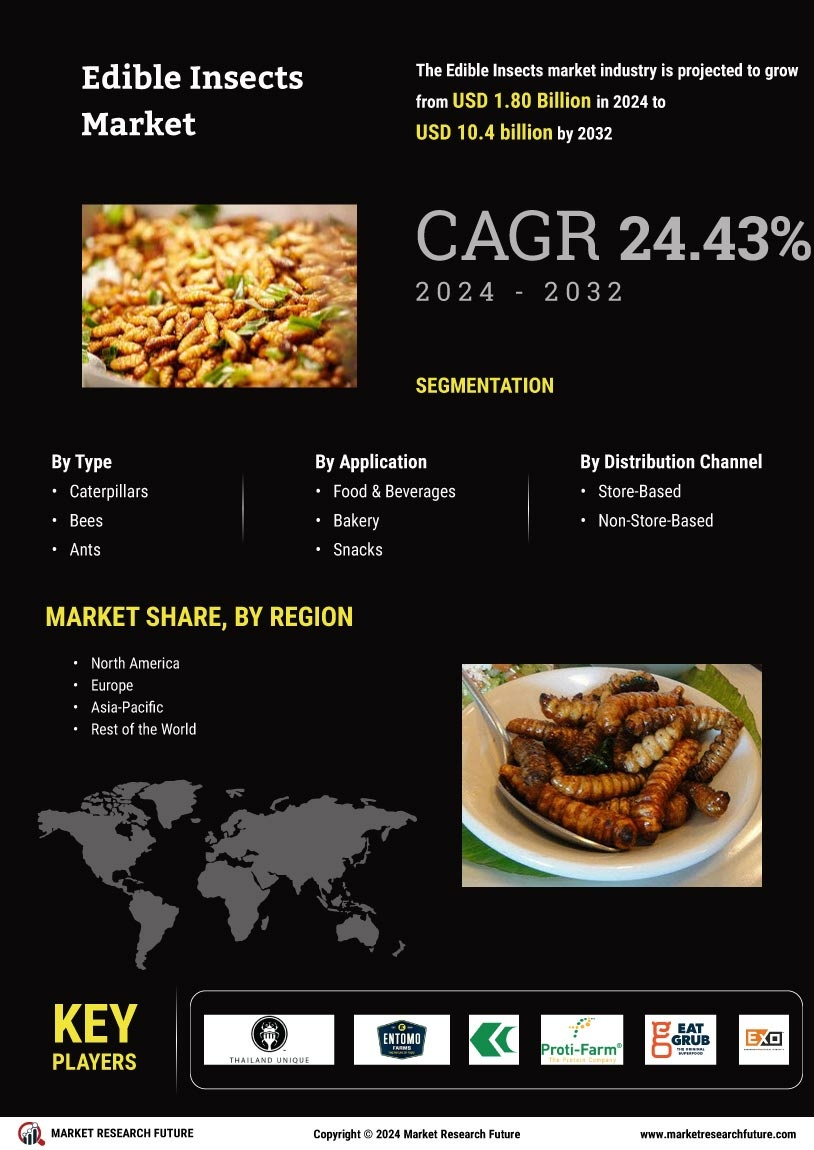

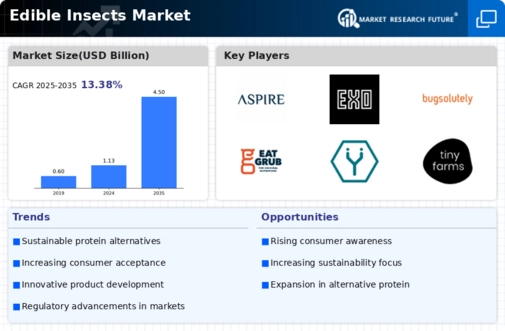
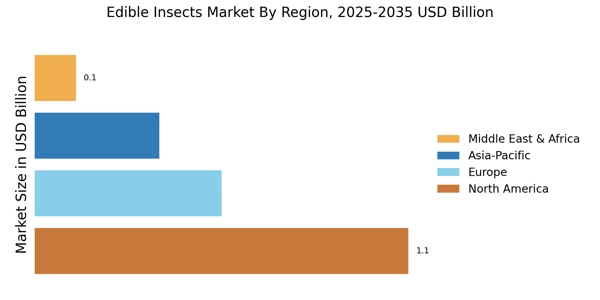

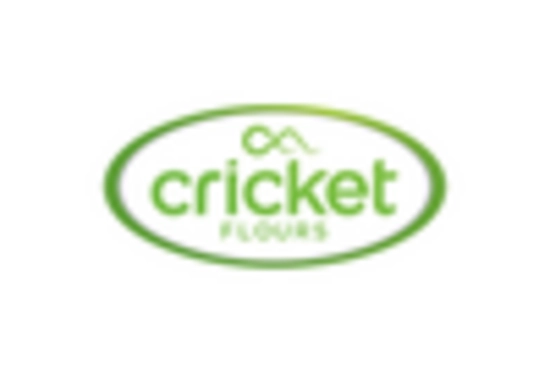


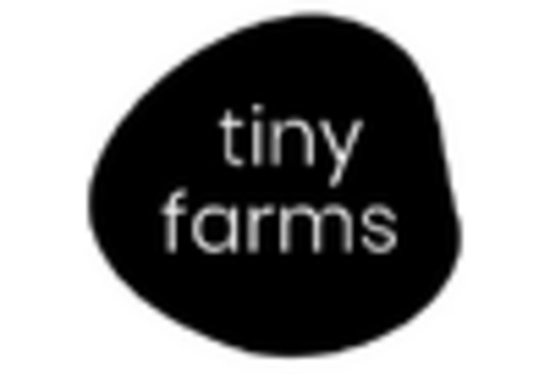









Leave a Comment